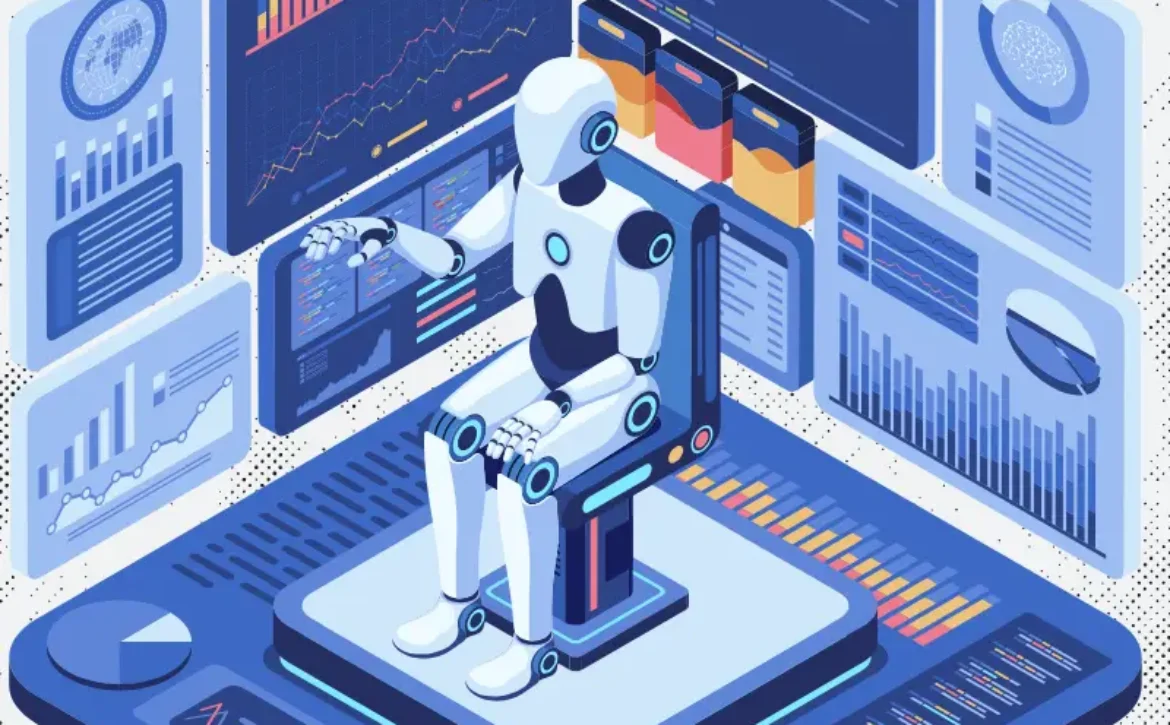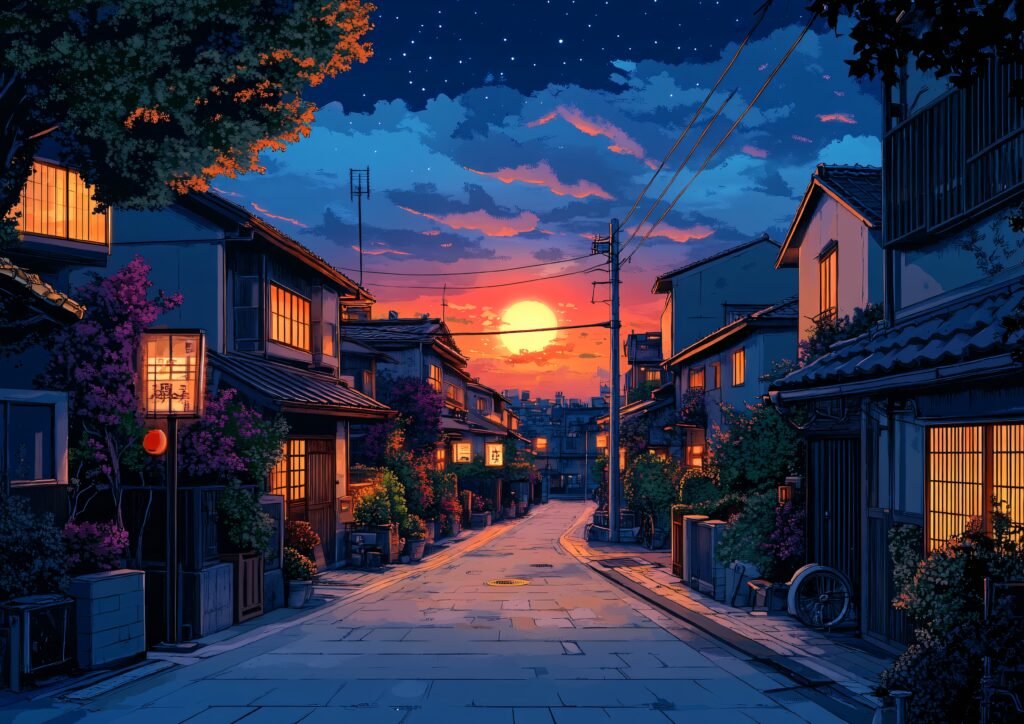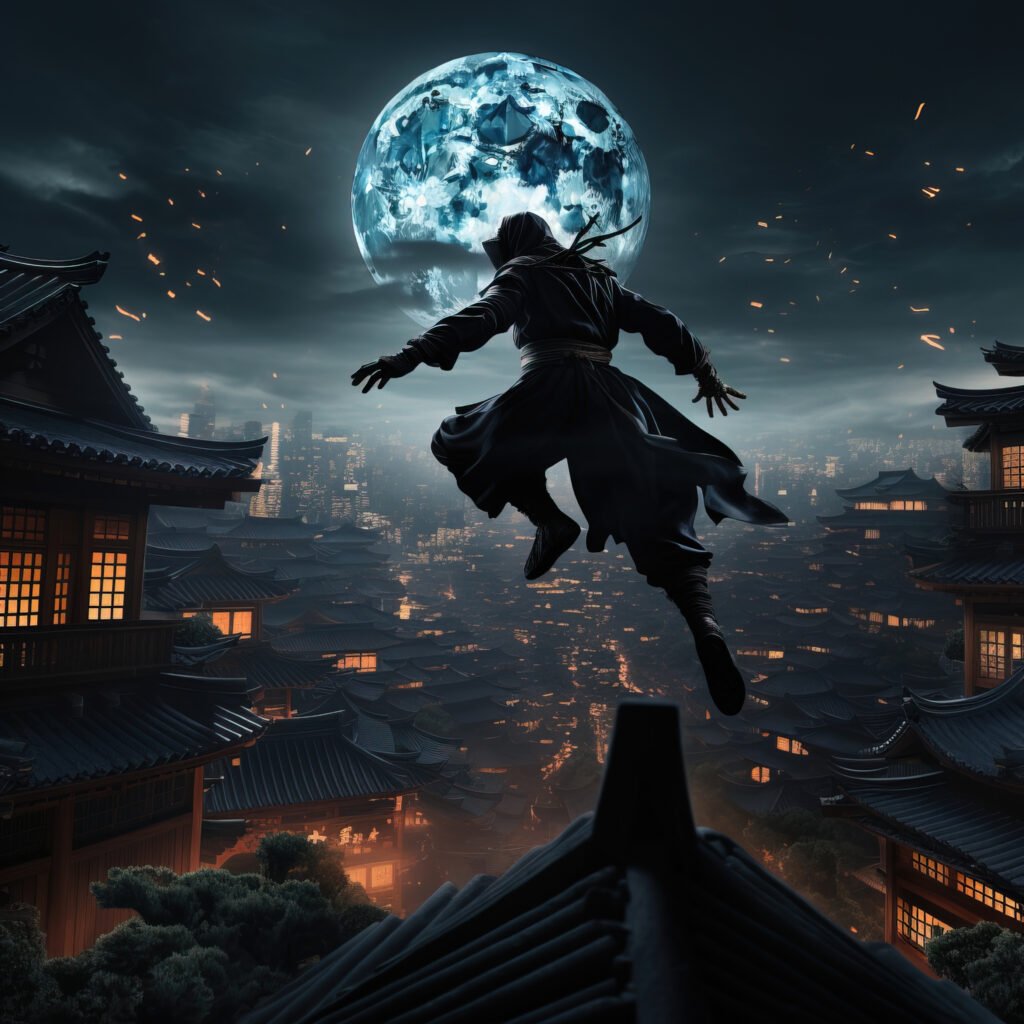Top AI Marketing Agency in 2025: The Rise of AI-Powered Specialization
Top AI Marketing Agency in 2025: The Rise of AI-Powered Specialization
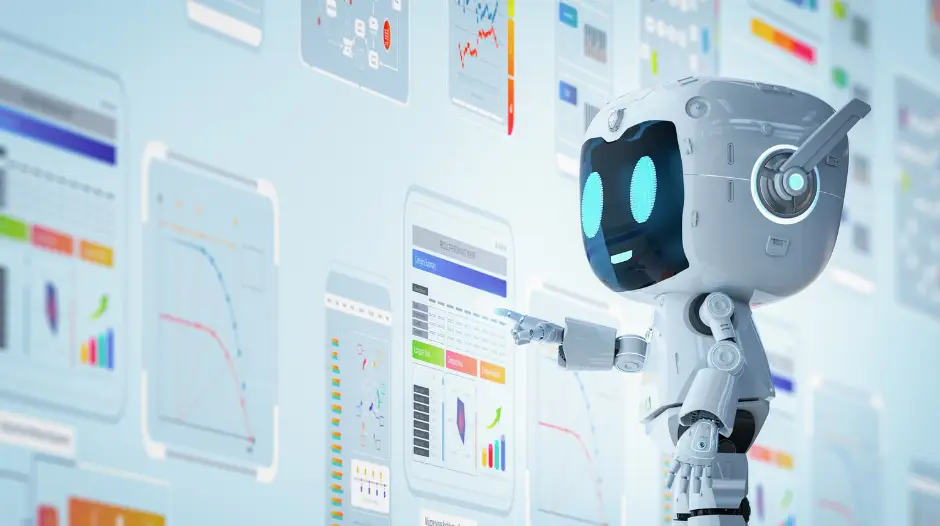
The Dawn of Specialized AI Agencies
The digital marketing landscape is constantly evolving, and by 2025, Artificial Intelligence (AI) will be firmly entrenched as a cornerstone of successful strategies. We’re moving beyond the generalist approach. This means that the AI marketing agency future will be defined by agencies boasting deep specialization. Agencies won’t just offer “AI marketing“; they’ll specialize in AI-powered SEO, AI content generation for specific industries, or AI-driven personalization for e-commerce. This targeted approach will allow for greater expertise and, ultimately, better results for clients. The agencies that can deliver niche AI solutions will be the ones that thrive. Client expectations are increasing.
Why Specialization Matters in the AI Era
The sheer power of AI can be overwhelming. Implementing AI effectively requires a deep understanding of both the technology and the specific nuances of a client’s industry and business goals. A generalized AI marketing approach simply won’t cut it. AI marketing agency future success depends on targeted use. Imagine an agency specializing in AI-powered lead generation for SaaS companies. It will have a deep understanding of the SaaS sales cycle, ideal customer profiles, and the specific AI tools that can optimize lead scoring and nurturing. This focused expertise translates to superior performance and a higher return on investment for the client. It’s a win-win scenario.
AI-Powered Tools and Services in Demand
Certain AI-powered tools and services will be highly sought after. Predictive analytics, able to forecast market trends and customer behavior, will be invaluable. Content automation, for generating high-quality, engaging content at scale, will be essential for content marketing strategies. Personalization engines, that tailor customer experiences in real-time, will be key for boosting conversion rates. These tools are powerful. An AI marketing agency future leader will offer these services. It is also expected that agencies will need to offer some level of AI training to their clients to ensure they can properly use and understand the outputs provided.
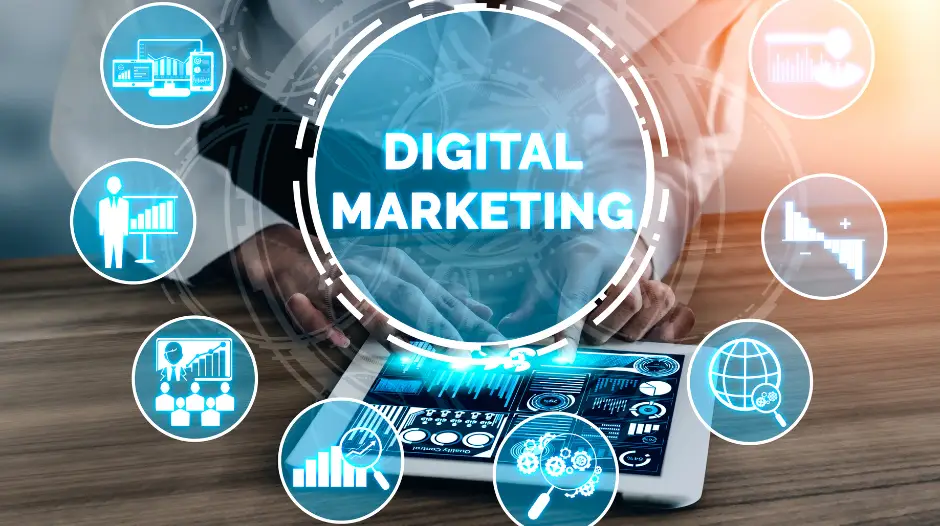
Satwik Enterprises: Embracing the Future
Satwik Enterprises is committed to staying at the forefront of this rapidly changing landscape. We’re investing heavily in developing our expertise in specialized AI marketing solutions. We understand the importance of niche knowledge and the power of targeted AI applications. We are embracing the AI marketing agency future. Our team is dedicated to providing our clients with innovative and effective AI-powered strategies that drive tangible results. We believe that specialized AI marketing is not just a trend, but the future of the industry. Expect Satwik Enterprises to be a key player in shaping that future. This commitment is central to our mission.
Navigating Ethical Considerations
As AI becomes more prevalent in marketing, ethical considerations become paramount. Data privacy, algorithmic bias, and transparency are crucial issues that must be addressed. The AI marketing agency future needs to be responsible. Agencies must ensure that their AI-powered strategies are ethical, fair, and compliant with all relevant regulations. This requires a proactive approach to data governance, algorithm auditing, and ongoing monitoring. We are committed to using AI responsibly and ethically, and we work closely with our clients to ensure that their AI-powered marketing efforts align with their values and principles. Trust is paramount in all our dealings.

